Anglo-Saxon women from about 600AD loved bold, bright colours and loved putting together patterns with patterns! This makes a project like this really fun!
You can use clay for this but you can also use salt dough like we did for these.
Once you have made your salt dough you can shape then into beads like this...
Then, with a cocktail stick, made a hole through them for the threading before you leave your clay to dry or put your salt dough in the oven.
When they are completely dry, or completely cool you can paint them. We used acrylic paints as it works best with clay or salt dough and then varnished over it.
When that is done you are ready to thread them. You can use any sort of thread you want, waxed linen, plastic thread, elasticated thread but we used copper wire and this is how we done it...
We got a bit of copper wire about 45cm long. Then we threaded it though one of our homemade beads and then back through again so it looks like this...
And we did this until we had enough beads on it so it went right round a wrist.
This one is Harmonies...
As you can see we twisted both ends of the wire so it makes hoops, this is how we fasten our bracelet. You pull one hoop through the other like this...
And then fold it over like this to hold it in place...
Then they are ready to wear!

Harmonie is particularly proud of hers.

Sorry about the quality of some of these photos today, Blogger on my iPad is playing me up and my camera has broken. I will change them as soon as I can.
Anglo Saxons used a lot of different materials to make jewellery. Necklaces that have been found in Anglo-Saxon womens' graves were made of a variety of beads including: amber, bone, ivory, coloured glass, coins, rock crystals, amethyst, coral, metal, shells, dogs teeth, wolves teeth, boar tusks... Anything they could drill a hole through really.
Historians believe that that beads were a sign of wealth. The type of beads the woman owned and the amount of beads around her neck.
The name Bead comes from the Anglo Saxon word Bidden which means to Pray and Bede which means prayer. It is probably where beaded Rossaries come from.
If you are studying Anglo-Saxons you may find this site useful: http://research.uvu.edu/mcdonald/Anglo-Saxon/Art.html

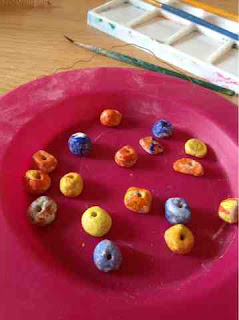
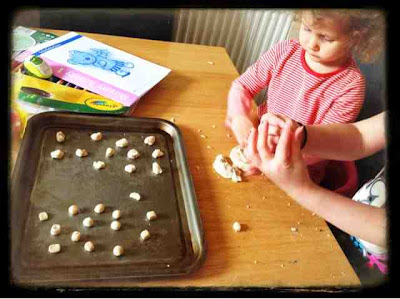
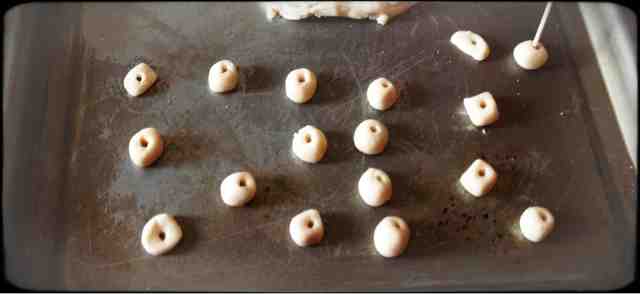

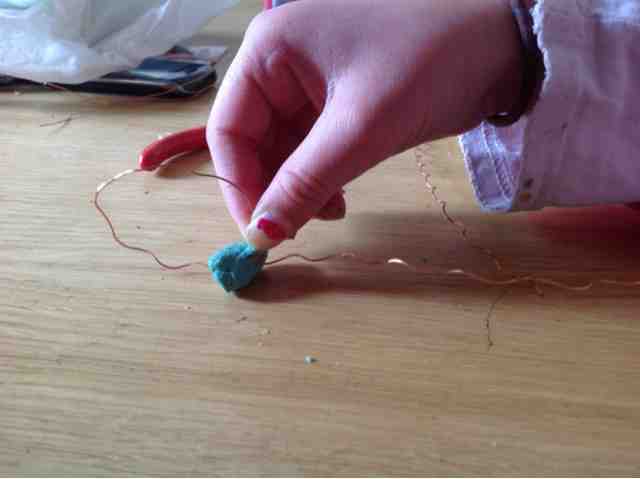
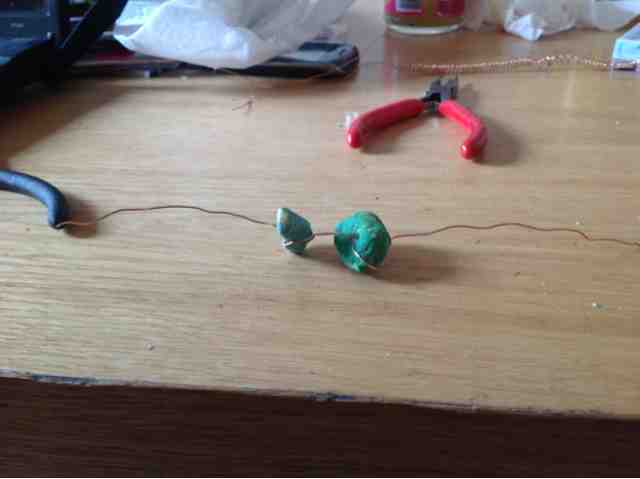

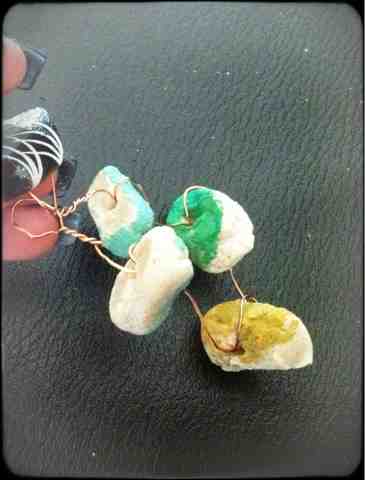

No comments:
Post a Comment